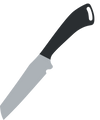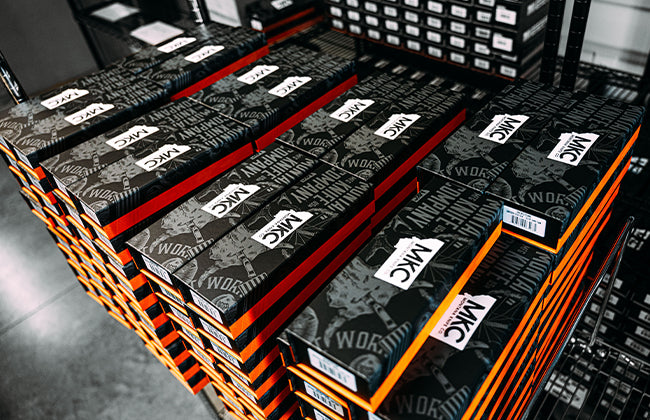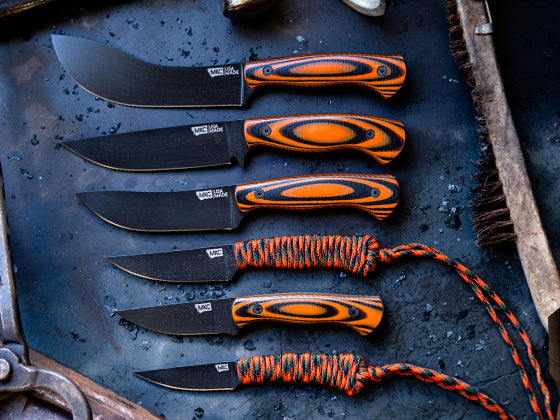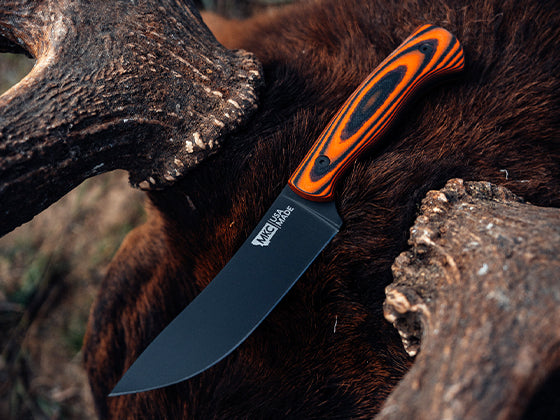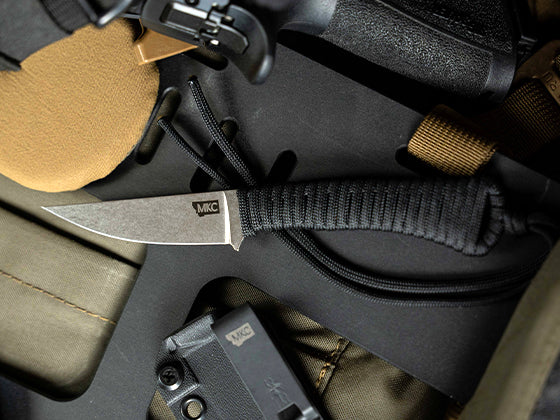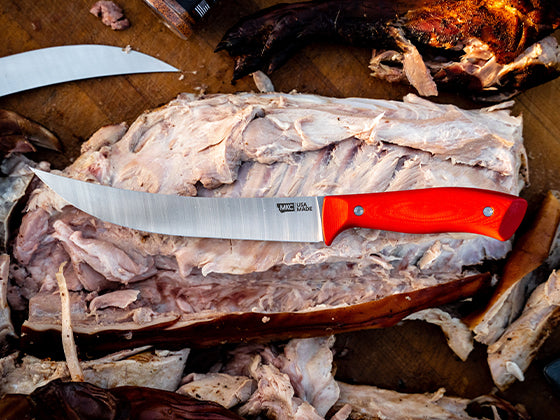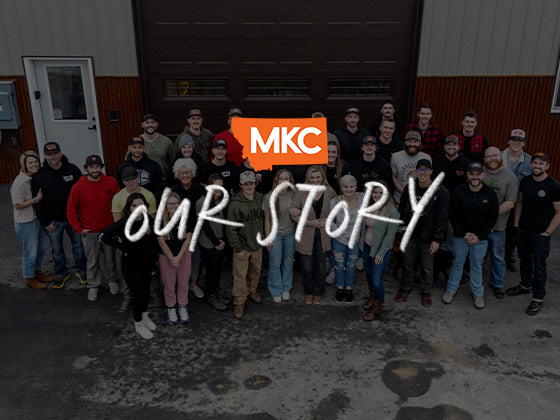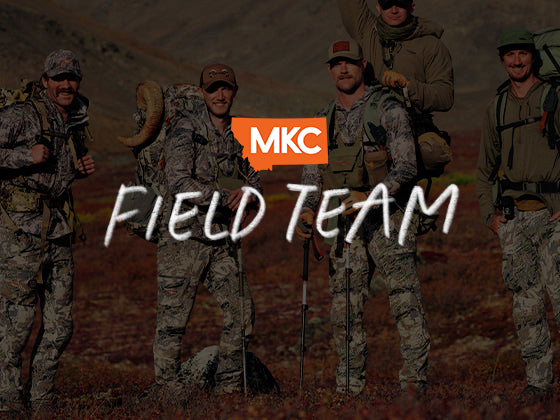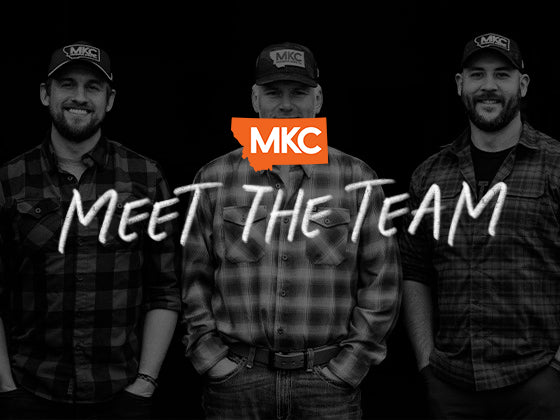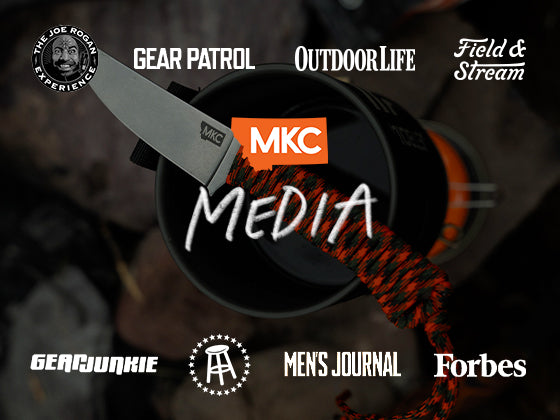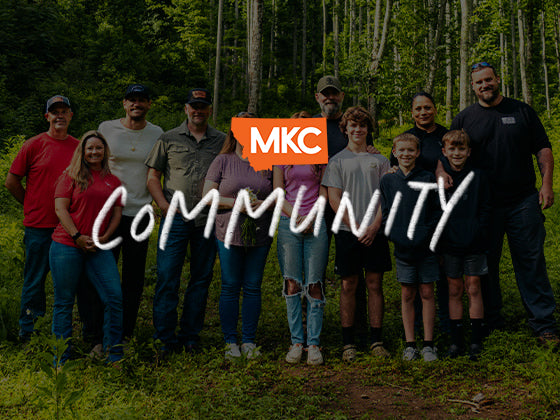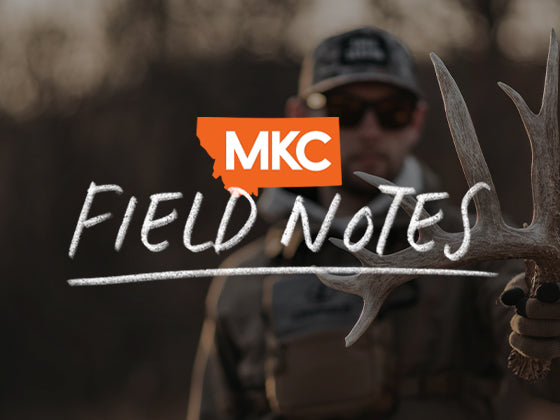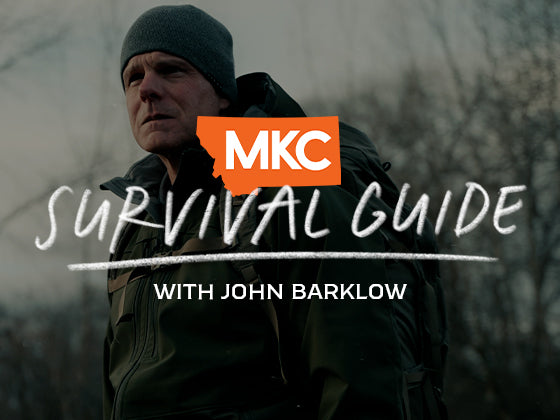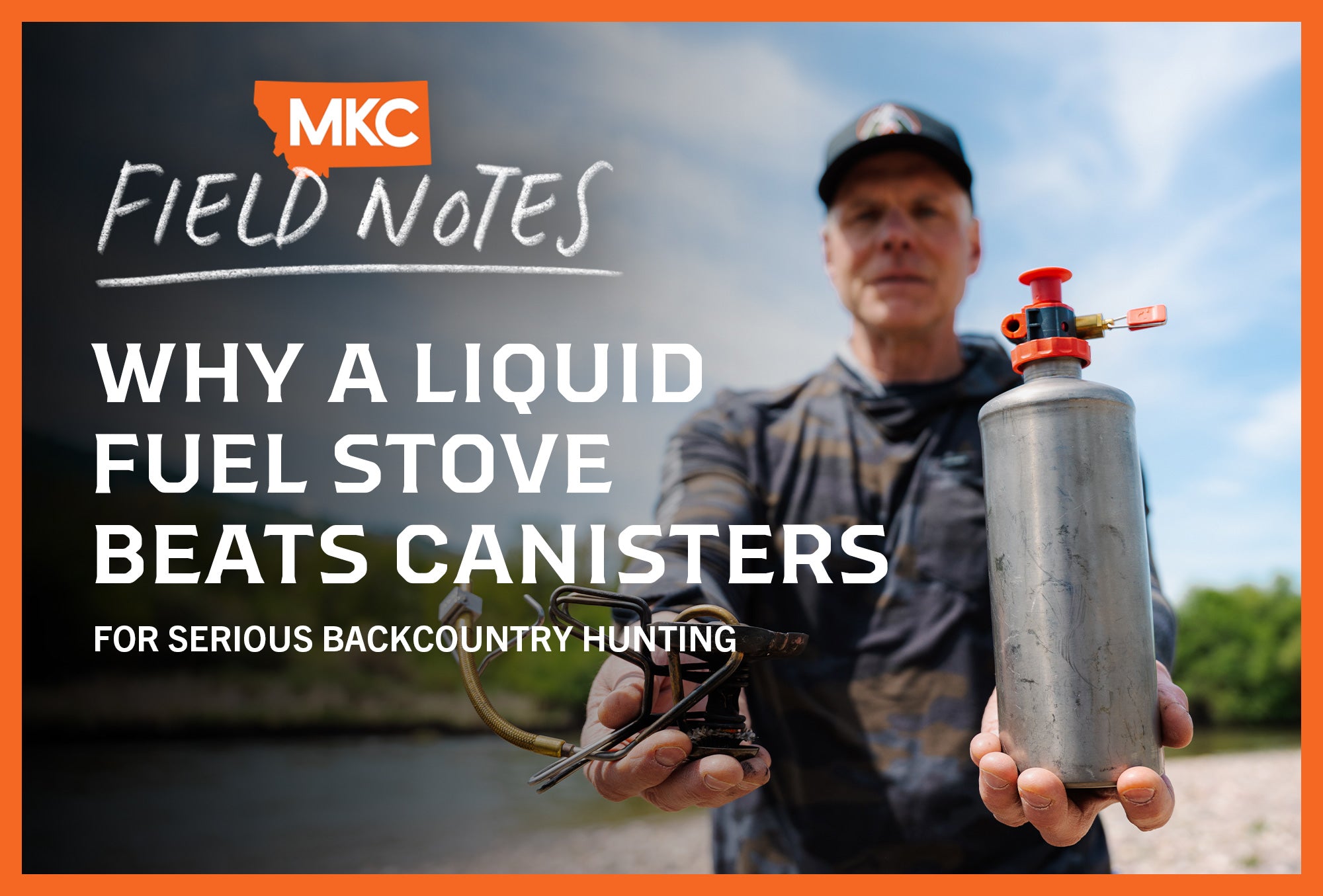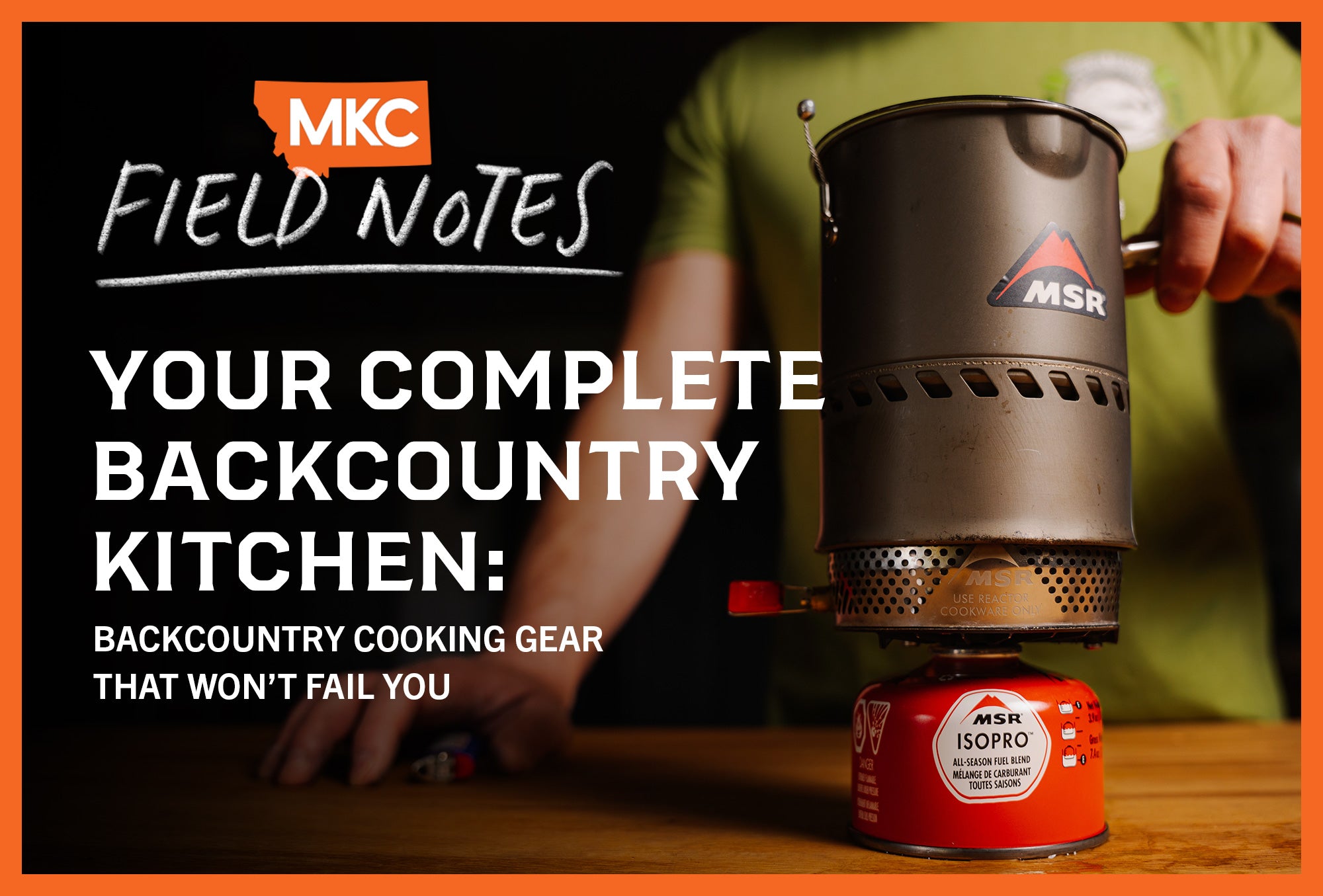Canister stoves dominate hunting and backpacking gear lists for good reasons. But experienced outdoorsmen know these compact cooking systems can leave you with uncooked meals miles from help.
I’ve watched hunters struggle with these stoves in conditions where a different system would’ve served them better. Today, I’ll explain when canister stoves shine and when they’ll let you down so you can decide what’s best for your next trip.
Canister Stove Advantages for Backcountry Hunters
Canister stoves earned their popularity thanks to practical field advantages.
Compact Design: These stoves nest together into tight packages that minimize pack space, important for backcountry hunters who measure every ounce and cubic inch.
Simplified Operation: They light without dangerous flare-ups, making them safer around tents and gear. Thanks to this controlled ignition, you can bring them into a vestibule during harsh weather.
High Efficiency: When functioning properly, canister stoves deliver excellent fuel-to-boil ratios in moderate conditions.

Cold Weather: The Canister Stove Weakness
Despite these advantages, canister stoves have an Achilles’ heel: poor performance in cold weather.
The pressurized ISO butane or isopropane inside these sealed canisters loses pressure in cold environments. Less pressure means reduced fuel flow, weaker flames, longer boil times, and, eventually, complete failure.
I’ve seen hunters stuck with slow-cooking stoves or completely non-functional systems when temperatures plummeted unexpectedly.

Field-Tested Methods to Improve Cold-Weather Canister Stove Performance
When you have to use a canister stove in cold conditions, use these techniques to extend its functional range:
Keep your canister warm. Store the fuel canister inside your puffy jacket pocket or sleeping bag before use. This maintains higher pressure for better performance.
Insulate from the ground. Always place your canister on a sleeping pad or other insulation; never on cold ground or snow. This prevents rapid temperature loss during operation.
Apply body heat. In extremely cold conditions, wrap your hands (with wool liner gloves) around the canister while it sits on your thigh. This heat transfer increases internal pressure and improves flame output.
Canister Stove Limitations for Remote Hunts
Beyond temperature sensitivity, canister stoves present serious logistical challenges in remote environments:
Air Travel Restrictions: You can’t fly commercially with these pressurized fuel canisters. This creates supply issues when planning hunts in Alaska, Canada, or international destinations.
Availability in Remote Areas: Remote hunting destinations often lack stores that stock these specialized fuel canisters. Always verify fuel availability before committing to this system for distant backcountry hunts.
Zero Field Repairability: Unlike liquid fuel stoves, canister stoves can’t be repaired in the field. A mechanical failure means no more hot meals for the remainder of your hunt.
Test Your Canister Stove Before Your Hunt
Never trust your canister stove’s manufacturer specifications without verification. Actual field performance depends on your elevation, temperature, and use patterns.
Conduct this simple burn test before any backcountry trip:
- Assemble your complete stove system
- Fill your pot with exactly one liter of water
- Time how long it takes to reach a rolling boil
- Continue running the stove until it’s empty, tracking total burn time
This real-world test provides important data: “It took two minutes to boil one liter of water, and I got twenty minutes total burn time from the canister,” etc.
Use these results to calculate your actual fuel needs based on your meal plan. On average, one four-ounce canister supports one person for two to three days with standard use patterns.
Real-World Canister Stove Fuel Planning for Extended Backcountry Hunts
Your canister stove fuel requirements depend on your backcountry nutrition plan.
I typically plan for morning coffee and one hot dinner with a hot drink each night. This conservative use pattern really stretches my fuel.
During a solo Dall sheep hunt in Alaska, I extended one four-ounce canister to eight full days through disciplined fuel management, thanks to:
- Moderate temperatures (40s–50s)
- Available running water (no snow melting required)
- Extremely careful stove operation
Practical Canister Stove Recommendations for Group Size and Duration
Canister stoves work best for small groups in moderate conditions:
- Solo hunters: Excellent choice for three-to-five-day trips
- Two-person teams: Bring one stove with appropriate fuel
- Four-person groups: Bring two stoves for redundancy and efficiency
For longer trips or larger groups, consider liquid fuel systems that offer better cold-weather performance, field repairability, and fuel availability in remote areas.
Final Thoughts on Canister Stove Selection
Canister stoves perform excellently when used within their operational limits. The experienced backcountry hunter understands these limits and chooses their cooking system based on actual field conditions rather than trends or marketing claims.
Test your canister stove thoroughly before relying on it in the backcountry. Understanding its true capabilities could mean the difference between enjoying hot meals or eating cold, partially rehydrated dinners when you need quality nutrition most.
by John Barklow, a Special Operations Survival Instructor and consultant who has spent decades teaching military personnel and civilians survival techniques in extreme environments.








